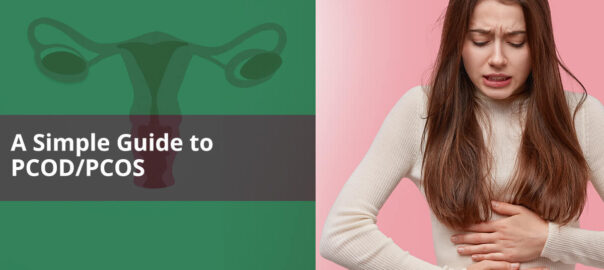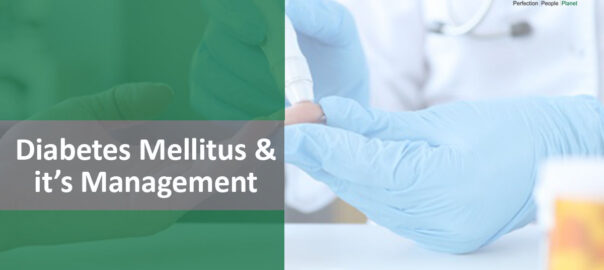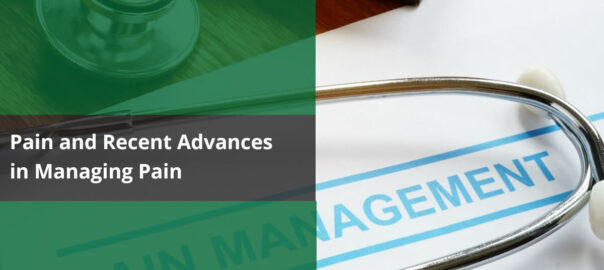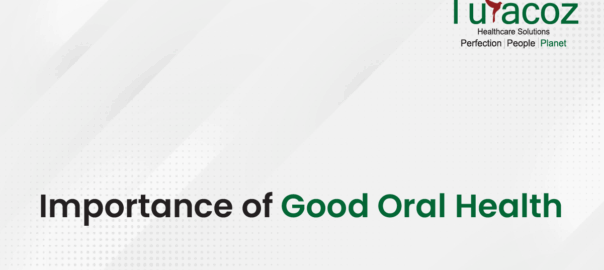“Let food be thy medicine and medicine be thy food”
-Hippocrates
Introduction
Gluten free, Keto free, Dairy free- these are a few “terms” trending all around us on our Instagram, Twitter and Facebook feeds. However, have you ever questioned yourself why there is a sudden surge in opting for these diets? Where did we all go wrong in making diet choices? Are these diets necessary for everyone? The answer is NO.
Food and nutrition is indeed fuel for our body. However, our continuous ignorance in over or mis-consuming this fuel has led to a drastic shift in our health. Obesity, PCOS, Diabetes, Hypertension, High BP- all these conditions indicate, something is seriously wrong with our lifestyle choices. Nutrition is health. To remember this truth and make citizens more aware of nutritional choices, India observes the National Nutrition Week every year from September 1 to September 7. The 2021 theme for National Nutrition Week is ‘feeding smart right from start’.
So, it all started in India? – The History
No. National Nutrition week first started in 1973 when an United States organization namely Academy of Nutrition and Dietetics [formerly known as the American Dietetic Association or ADA) announced- “Invest in Yourself—Buy Nutrition.” This campaign was targeted to educate people on importance of nutrition and nutritionists. Be it radio announcements, news coverage or pamphlets, the National Nutrition Week gained entire America’s attention and got upgraded to a month-long program from 1980.
Forward to 1982, India, on a similar intention launched the National Nutrition Week to educate its citizens on Nutrition.
Fast forward 2021: India and Nutrition
Though India’s fight for nutrition began way back in 1982, the rise of obesity, diabetes, polycystic ovary syndrome (PCOS) and other lifestyle diseases in 2021 clearly indicates that we have not reached the mark yet with nutritional choices being the primary culprit. This year’s theme ‘feeding smart right from start’ also highlights that not only us, but our younger generation also requires to make right nutritional choices.
So how can we contribute?
Cut down on fats and sugar: Eating right involves choosing right. One of the best ways to do so is opting for healthier versions of daily food. Understanding the content of saturated fat is the key as they are responsible for increasing the cholesterol level.
Stay away from junk food: Junk food does not serve your body’s nutritional requirements, rather hampers your body by causing digestive issues, fluctuation in blood sugar levels, depression, fatigue and weakness. The best idea is to switch to fresh food and leafy vegetables. They not only provide you the right nutrition but also increases your immunity
Drink water: May be your favourite beverage is Coffee, but let’s not forget the importance of drinking water. Water is the ultimate nutritional support. It aids in digestion, normalizes BP, stabilizes the heart beat and what not.
And last but not the least, Exercise.
“Invest in Yourself—Invest in your Nutrition.”
References
- eatright.org (2021) National Nutrition Month: A Brief History https://www.eatright.org/~/media/eatright%20files/nationalnutritionmonth/nnmhistory_032006jada.ashx
- Dixon, et al. 2007. Social science & medicine, 65(7), pp.1311-1323.
- Skerrett, P. J., & Willett, W. C. (2010). Essentials of healthy eating: a guide. 55(6), 492–501.



























